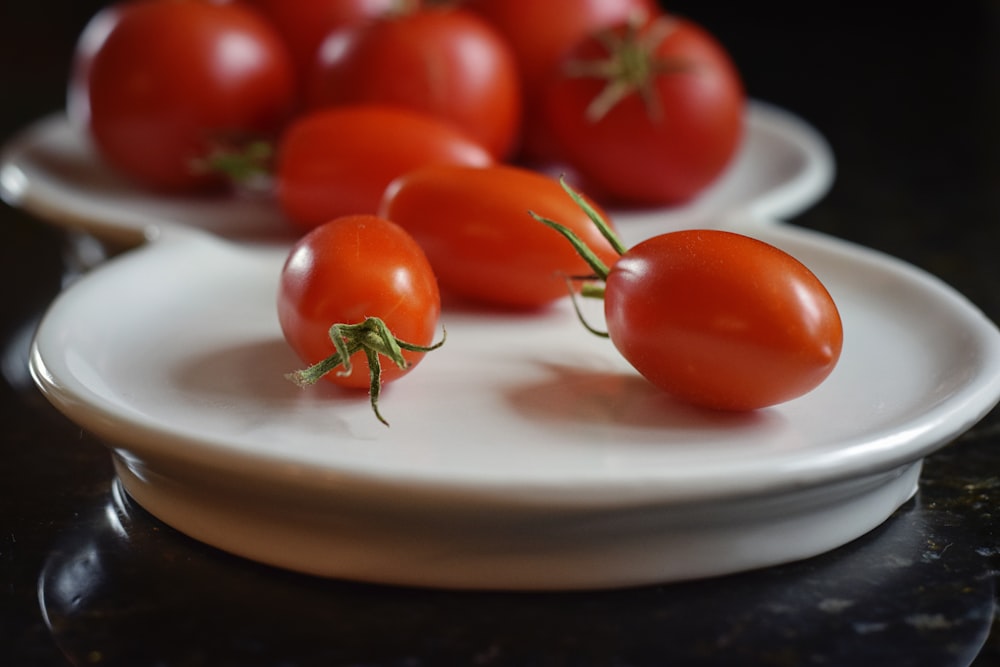
Transform Your Tiny Yard with Ingenious Garden Designs
Maximizing Small Spaces: Unlocking the Potential of Garden Designs
In the hustle and bustle of modern urban living, many homeowners find themselves grappling with the challenge of limited outdoor space. However, having a small garden doesn’t mean sacrificing style, functionality, or greenery. With strategic planning and creative design, even the tiniest of yards can be transformed into stunning outdoor retreats that enhance both aesthetics and livability.
1. Understanding Your Space: The Foundation of Successful Design
Before diving into the world of garden design, it’s essential to take stock of your available space. Assess the size, shape, and layout of your garden, as well as any existing features or obstacles such as trees, fences, or slopes. Understanding these elements will lay the groundwork for creating a cohesive and functional design that maximizes every inch of space.
2. Designing with Purpose: Setting Goals and Priorities
Once you have a clear understanding of your space, it’s time to define your goals and priorities for the garden. Are you looking to create a serene oasis for relaxation and contemplation, or a vibrant outdoor entertaining area for hosting friends and family? Identifying your objectives will guide the design process and ensure that every element serves a purpose in achieving your vision.
3. Embracing Verticality: Going Up to Expand Horizons
In small gardens, vertical space is a precious commodity that should not be overlooked. Utilizing trellises, arbors, and wall-mounted planters can help maximize space while adding visual interest and dimension to the garden. Vertical gardening techniques such as espaliered fruit trees or climbing vines can also create lush greenery without encroaching on valuable ground space.
4. Choosing the Right Plants: Size Matters in Small Gardens
When selecting plants for a small garden, it’s important to choose wisely and consider the mature size of each species. Opting for compact or dwarf varieties of trees, shrubs, and perennials will prevent overcrowding and ensure that the garden remains in scale with its surroundings. Additionally, incorporating a mix of evergreen and seasonal plants will provide year-round interest and color.
5. Creating Zones: Maximizing Functionality with Strategic Layout
Dividing the garden into distinct zones based on function can help optimize space and create a sense of organization. Consider incorporating areas for dining, lounging, and gardening, as well as pathways to connect them seamlessly. By delineating different zones, you can make efficient use of space while accommodating various activities and needs.
6. Harnessing the Power of Containers: Flexibility and Mobility
For small gardens with limited ground space, containers offer a versatile solution for adding greenery and color. Whether planted with flowers, herbs, or vegetables, containers can be placed strategically to maximize sunlight and create focal points throughout the garden. Their mobility also allows for easy rearrangement, making it simple to refresh the garden’s look with minimal effort.
7. Incorporating Multi-Functional Elements: Form Meets Function
Incorporating multi-functional elements into the garden design can help maximize space while adding practicality and versatility. Features such as built-in seating with hidden storage, vertical planters that double






